
Let Extension Diagnose Your Landscape Issues
Extension Agents get used to hearing that the local Extension Office is the community’s best kept secret. As much as we try to let folks know we’re here, many are still unaware of the services we provide. Even amongst the residents that are familiar with us, some of...

Gardening in the Panhandle LIVE! Program Summary: Pests of Florida Lawns and Landscape Plants
Gardening just wouldn't be any fun without the pests. In this episode of Gardening in the Panhandle LIVE!, the hosts answered some very important questions about different types of pests in Florida lawns and landscapes. Before we talk about some of the specific...
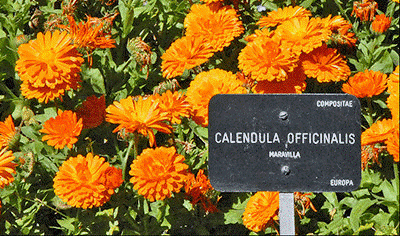
“Stink and Pretty”: The Pedagogy of Marigolds
Spring and summer bring an explosion of color to gardens, and among the most resilient yet misunderstood flowers are marigolds. Growing up in a small Caribbean town, marigolds were everywhere. Locals called them “Stink and Pretty” or even “graveyard flowers” for their...

Video: Choosing the Best Location for a Southern Magnolia
Southern magnolia makes an attractive tree in the Florida landscape. Choosing the best spot for your tree is important for its optimum growth. https://youtu.be/Lhwia3dKrFo?si=AhPjQAs33PDpLpw9

It’s Time for Sweet Potatoes
Sweet potatoes (Ipomea batata) are a much ballyhooed southern food staple. Valued primarily for their tuberous roots, they also boast an edible leaf. That, however, is not the end of their story. Some cultivars find use strictly as an ornamental. While not the subject...

Summer Veggies That Can Take The Heat
As the weather heats up, many spring vegetables begin to bolt, wilt, or shut down entirely. But for gardeners willing to shift gears, summer presents an opportunity to grow a new cast of crops that thrive in high temperatures, intense sun, and even occasional drought....
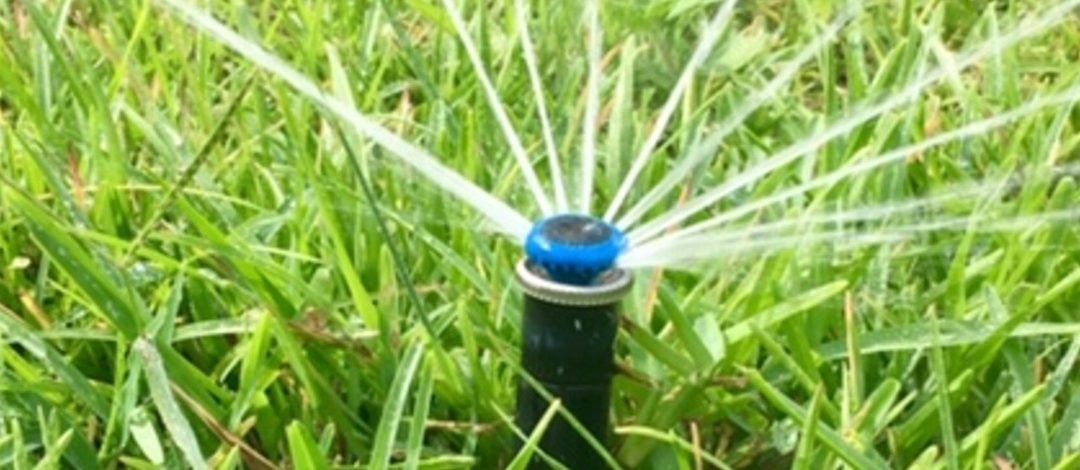
Watering to Establish a New Lawn
When watering to establish a new lawn or when renovating areas within an older lawn, 2-3 “mists” throughout the day for the first 7-10 days until roots get established is recommended. These are 10-minute bursts. Then back off to once a day for about ½ hour for 7-10...
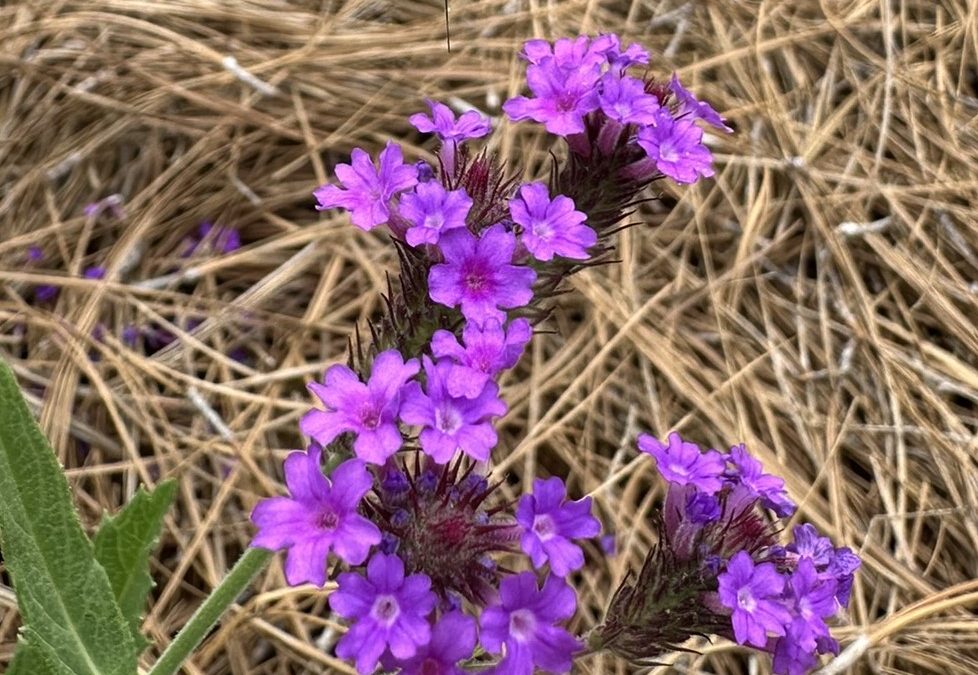
What’s the buzz about bee flies?
When I walk around the garden every day I take a little inventory of how things are growing, what is flowering, and am always on the lookout for new bugs I haven’t seen before. This past week I was pleasantly surprised by what at first I thought was a bee with a long...
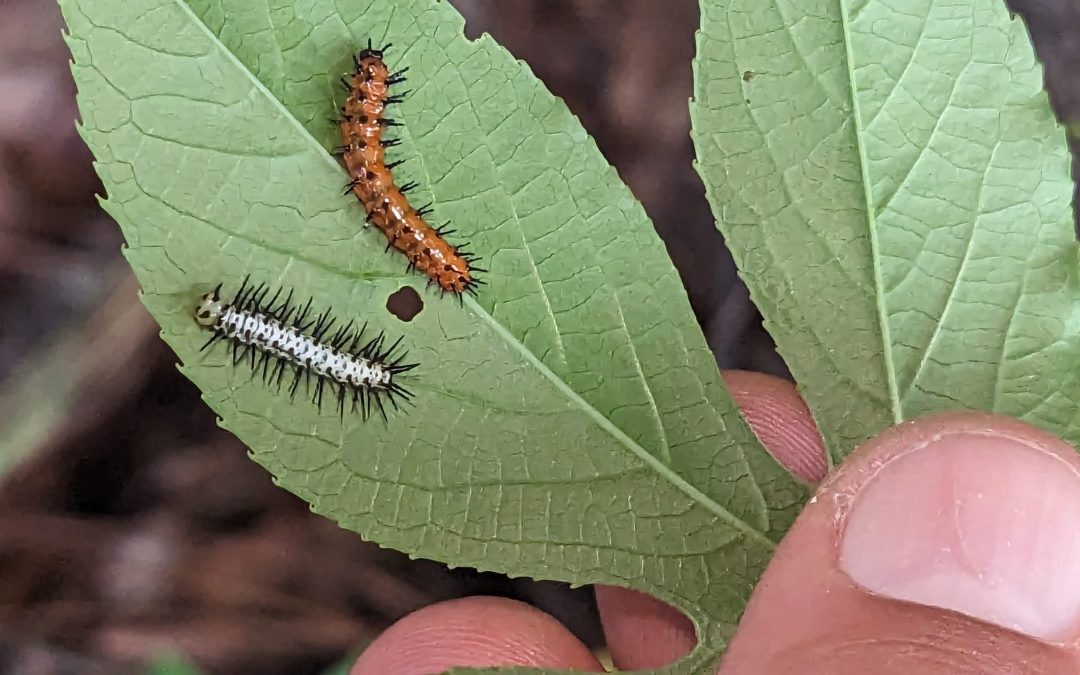
Why Host and Nectar Plants Matter for Butterfly Gardening
To support all life stages of butterflies it’s important to have both host and nectar plants in your garden.
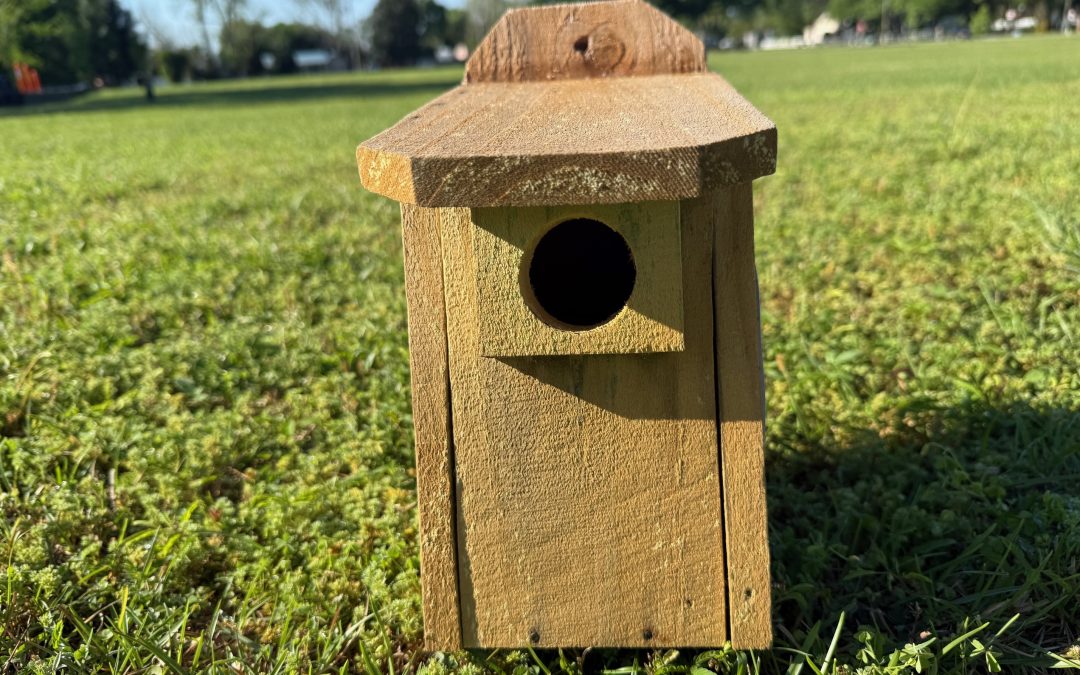
Bluebirds in Florida
“Don’t fly, Mister bluebird, I’m just walkin’ down the road. Early morning sunshine, tell me all I need to know.” These lyrics from the Allman Brothers’ song, “Blue Sky” always come to mind when I step outside our office building in the springtime. We have several...
